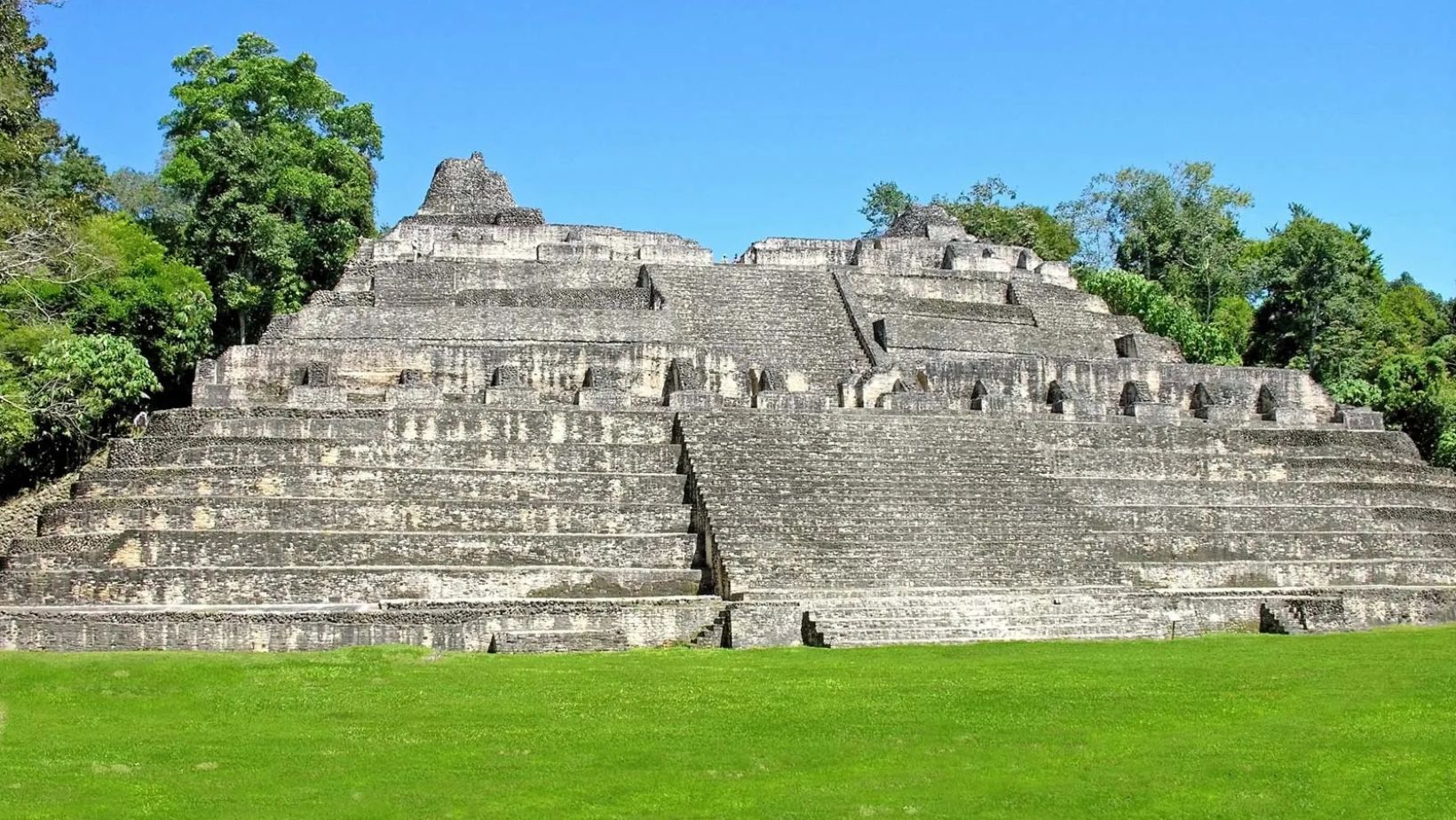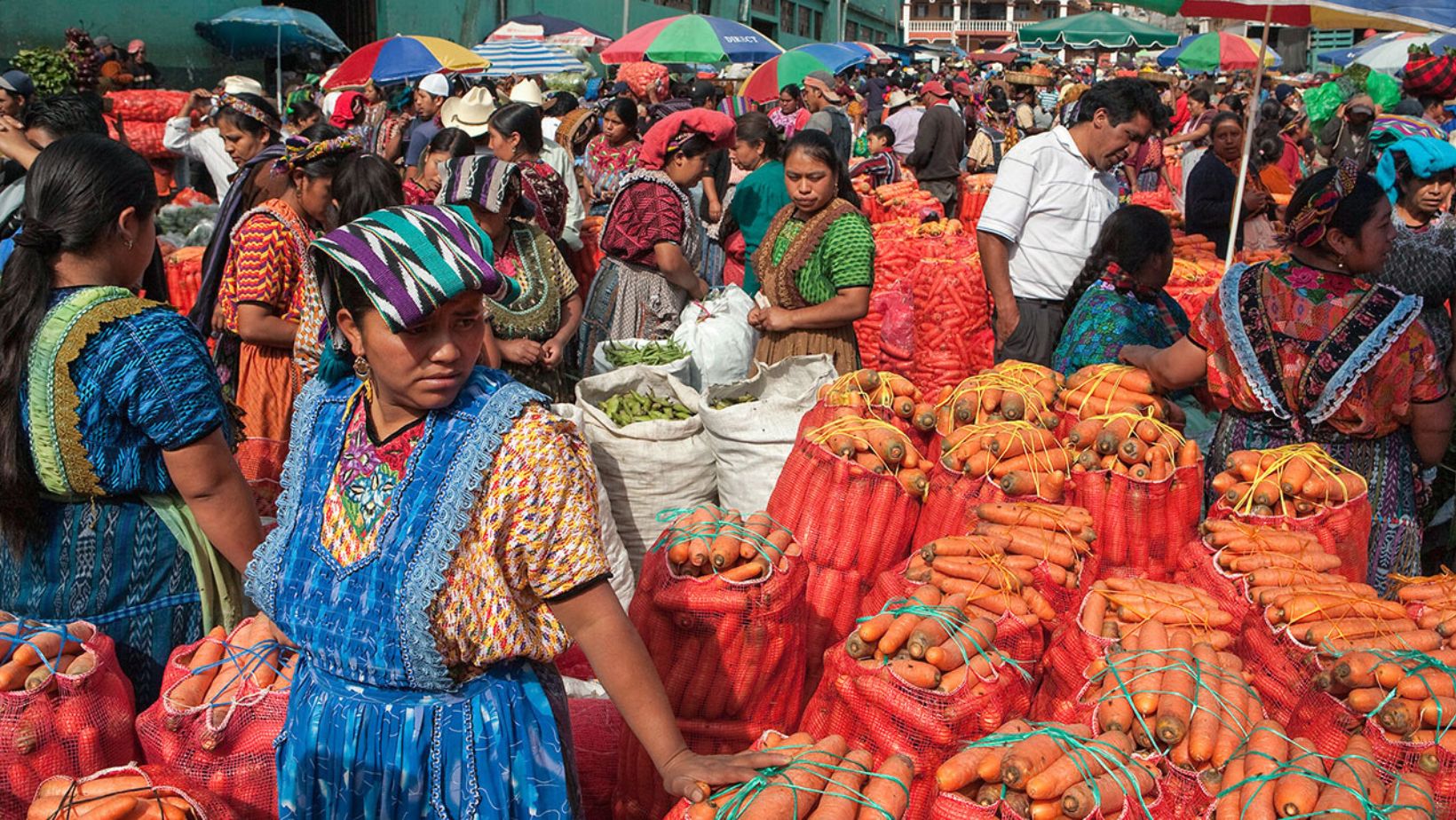Genetic studies have revolutionized our understanding of human history. By examining DNA, researchers can uncover the stories of our ancestors and how they shaped modern populations. This field is particularly significant in anthropology, where it helps us understand cultural identities and migrations. The Maya civilization, known for its rich culture and advanced knowledge, offers a fascinating case study. Spanning from 2000 BC to the Spanish conquest in the 16th century, the Maya left a lasting legacy. Exploring genetic studies in this context can reveal insights into their origins, connections, and the impact on contemporary Maya communities.
Historical Context of the Maya: Genetic Studies

The ancient Maya civilization thrived in Mesoamerica, primarily in present-day Mexico, Guatemala, Belize, and Honduras. It emerged around 2000 BC and reached its peak between 250 and 900 AD, known as the Classic Period. The Maya were known for their remarkable achievements in various fields, including mathematics, astronomy, and writing. Their advanced calendar system and monumental architecture, such as pyramids and temples, showcased their architectural prowess.
Culturally, the Maya had a rich tapestry of traditions, art, and religion. They worshiped numerous gods and held ceremonies that reflected their deep connection to nature and the cosmos. Geographically, the Maya inhabited diverse environments, from tropical rainforests to highlands. This variety influenced their agriculture, enabling them to cultivate crops like maize, beans, and cacao.
The Maya civilization’s influence extended beyond their cities. Their trade networks facilitated the exchange of goods and ideas, connecting them with neighboring cultures. Despite facing challenges like warfare and environmental changes, the Maya legacy remains vital, shaping the cultural landscape of Mesoamerica today.
Advancements in Genetic Studies
Genetic research has made significant advancements in recent years, greatly enhancing our understanding of ancient populations, including the Maya. Key technologies like high-throughput DNA sequencing allow scientists to analyze genetic material with unprecedented speed and accuracy. This technology enables researchers to obtain complete genomes from ancient remains, providing insights into ancestry, migration patterns, and health conditions.
One notable method is ancient DNA (aDNA) analysis, which extracts and sequences DNA from archaeological samples. By comparing aDNA with modern populations, researchers can trace genetic continuity and change over time. This comparison sheds light on how the Maya are connected to present-day populations in the region.
Additionally, bioinformatics tools have improved the ability to analyze complex genetic data. These tools help identify specific genetic markers related to traits like disease susceptibility and adaptation to the environment. Together, these advancements not only enhance our understanding of the genetic makeup of the Maya but also contribute to broader studies of human evolution and migration patterns across the Americas.
Genetic Diversity Among Modern Maya: Genetic Studies

Modern Maya populations exhibit significant genetic diversity, reflecting their rich history and complex ancestry. Genetic studies show that these communities are not homogenous; instead, they display variations in genetic markers influenced by geographical and cultural factors. This diversity is crucial for understanding how historical events, such as migration and intermarriage, shaped the genetic landscape of the Maya.
When compared to ancient genetic profiles, researchers find both continuity and change. DNA analysis reveals that some genetic markers from ancient Maya remain present in modern descendants. However, other markers show evidence of admixture with European and African populations due to colonial and post-colonial interactions.
This genetic diversity impacts health, resilience, and cultural identity within contemporary Maya communities. Understanding these variations helps in addressing health issues prevalent in these populations, such as diabetes and hypertension. Additionally, it underscores the importance of preserving the cultural heritage and genetic legacy of the Maya for future generations. Overall, studying genetic diversity among modern Maya not only enhances our knowledge of their history but also informs efforts to support their health and cultural identity.
Connections to Other Indigenous Groups: Genetic Studies
Genetic studies reveal fascinating connections between the Maya and other indigenous groups in the Americas. These connections often highlight shared ancestry, which suggests that migration patterns were more complex than previously understood. DNA evidence shows that many indigenous populations share specific genetic markers, indicating interactions through trade, intermarriage, or migration over centuries.
For example, similarities have been found between the genetic profiles of the Maya and groups in North and South America, such as the Andean populations. This shared genetic heritage implies that early humans migrated across the continent, forming a network of cultural and genetic exchange. Such findings challenge the idea of isolated groups and emphasize the interconnectivity of ancient populations.
These genetic links also have significant implications for understanding historical interactions. They provide insights into how indigenous groups influenced each other’s cultures and technologies. Additionally, recognizing these connections can foster a greater appreciation for the shared history and resilience of indigenous peoples throughout the Americas. Overall, the genetic links among indigenous groups deepen our understanding of their past and present interactions.
Understanding Maya Ancestry and Identity: Genetic Studies
Genetic studies play a crucial role in reshaping our understanding of Maya ancestry. They reveal a complex lineage that includes influences from various indigenous groups across the Americas. By analyzing DNA samples, researchers can trace genetic markers that indicate historical migration patterns and interconnections with other populations. This genetic information provides a clearer picture of the ancient Maya and their ancestors.
In contemporary society, genetics also impacts Maya identity. Many modern Maya individuals use genetic findings to affirm their heritage and cultural connections. Knowledge of genetic ancestry can enhance community pride and reinforce ties to ancient traditions. Furthermore, as the Maya continue to navigate their identity in a modern world, genetic research offers a scientific basis to celebrate their unique heritage.
However, it is essential to approach this topic with sensitivity. Genetic data should complement, not replace, cultural narratives. The lived experiences and histories of the Maya people are invaluable in understanding their identity. By integrating genetic insights with cultural perspectives, we can gain a more nuanced appreciation of Maya ancestry and identity today.
Health Insights from Genetic Studies
Genetic studies offer valuable insights into the health of modern Maya communities. Researchers have identified specific genetic predispositions that affect the prevalence of certain diseases within these populations. For instance, studies reveal a higher susceptibility to conditions like diabetes and hypertension among the Maya. These insights can help tailor public health initiatives and interventions to better address the unique health challenges they face.
Additionally, genetic research highlights the importance of understanding lifestyle and environmental factors that contribute to health. By combining genetic data with information about diet, exercise, and living conditions, researchers can create a comprehensive view of health in these communities. This approach allows for the development of targeted health programs that resonate with the cultural practices of the Maya.
Moreover, genetic studies can empower communities by providing knowledge about inherited health risks. Increased awareness can lead to proactive measures in health management and prevention. Overall, integrating genetic insights into public health strategies can enhance the wellness of modern Maya communities, ensuring that their unique health needs are met effectively.
Debunking Myths About the Maya: Genetic Studies
Many misconceptions surround the Maya civilization, often fueled by misunderstandings of their genetic history. One common myth suggests that the Maya disappeared entirely; however, genetic studies show that modern Maya populations are direct descendants of their ancient ancestors. This continuity challenges the narrative of a lost civilization, emphasizing resilience rather than extinction.
Another myth posits that the decline of the Maya civilization was sudden and catastrophic. Genetic findings reveal a more complex story involving gradual changes in environment, climate, and social structure. The Maya adapted to various challenges over centuries, showcasing their ability to survive and thrive despite adversity.
Additionally, some narratives oversimplify the diversity within Maya communities, suggesting a homogenous group. In reality, genetic research highlights significant diversity among contemporary Maya populations, reflecting a rich tapestry of identities and cultures. By addressing these misconceptions, we can foster a more accurate understanding of the Maya’s enduring legacy and their contributions to history.
Cultural Implications of Genetic Research
Genetic studies have significant cultural implications for the Maya. They provide insights into ancestral connections, helping modern Maya understand their heritage better. This knowledge can strengthen cultural identity and pride among Maya communities.
However, the intersection of genetic research and cultural beliefs is complex. Some traditional practices and narratives may clash with scientific findings. For example, certain families might have oral histories that differ from genetic data, leading to potential conflicts in understanding lineage.
Maya communities often emphasize the importance of spiritual connections over purely genetic ones. Thus, researchers must approach these studies with sensitivity. Engaging with local traditions and beliefs is essential to ensure that scientific findings are respectful and relevant.
In summary, while genetic research enriches the understanding of Maya heritage, it must be balanced with traditional beliefs. This approach fosters a dialogue that honors both scientific inquiry and cultural significance, ensuring a holistic view of Maya identity.
Future Directions in Genetic Research

The future of genetic research on the Maya is promising. Upcoming studies aim to explore deeper genetic links between ancient and modern populations. This research could reveal new insights into migration patterns and genetic diversity.
One area of focus is the study of ancient DNA from archaeological sites. Extracting and analyzing DNA from bones and artifacts can provide a clearer picture of the Maya’s genetic history. Researchers are also looking into the effects of environmental factors on genetic adaptation.
Additionally, advancements in genetic technologies will enhance the precision of these studies. Improved sequencing methods can uncover more detailed genetic data. This information could lead to a better understanding of health predispositions in modern Maya populations.
Ongoing research has the potential to reshape how we view the Maya. It can highlight their resilience and adaptability over centuries. As we learn more, these studies may foster a renewed appreciation for Maya culture and history. Overall, the journey into the genetics of the Maya continues, with many exciting discoveries on the horizon.
Conclusion: Genetic Studies
Genetic studies have significantly advanced our understanding of the Maya civilization, revealing insights into their ancestry, migration patterns, and health. These findings challenge long-held misconceptions about the Maya and provide a clearer picture of their resilience and adaptability. Integrating scientific research with cultural heritage is essential for honoring the rich history of the Maya people. This approach not only enhances our comprehension of their past but also empowers modern Maya communities by reconnecting them with their ancestral roots and fostering a sense of identity that honors both tradition and contemporary science.
FAQs
What methods are used in genetic studies of the Maya?
Genetic studies of the Maya utilize various techniques, including DNA sequencing, mitochondrial DNA analysis, and whole-genome sequencing. These methods help researchers analyze genetic variations and trace ancestry.
How has genetic research changed our understanding of Maya social structure?
Genetic research has revealed the complex social structure of the Maya, including evidence of kinship and community ties that were previously unrecognized. It shows how lineage and genetic relationships played roles in social organization and alliances.
What are some genetic traits specific to the Maya population?
Some studies have identified genetic traits that may be unique to Maya populations, such as certain adaptations to high altitudes and resistance to specific diseases. These traits provide insights into the environmental challenges the Maya faced.
How can genetic studies inform modern health initiatives in Maya communities?
By understanding genetic predispositions to certain diseases prevalent in modern Maya populations, health initiatives can be tailored to address specific health concerns. This personalized approach can improve health outcomes and promote wellness in these communities.
What ethical considerations are involved in conducting genetic research on indigenous populations like the Maya?
Ethical considerations include ensuring informed consent, respecting cultural beliefs, and sharing findings with the communities involved. Researchers must be sensitive to the historical context of indigenous populations and aim for mutually beneficial collaborations.

